Ideal Horizontal Analysis Evaluates Financial Statement Data
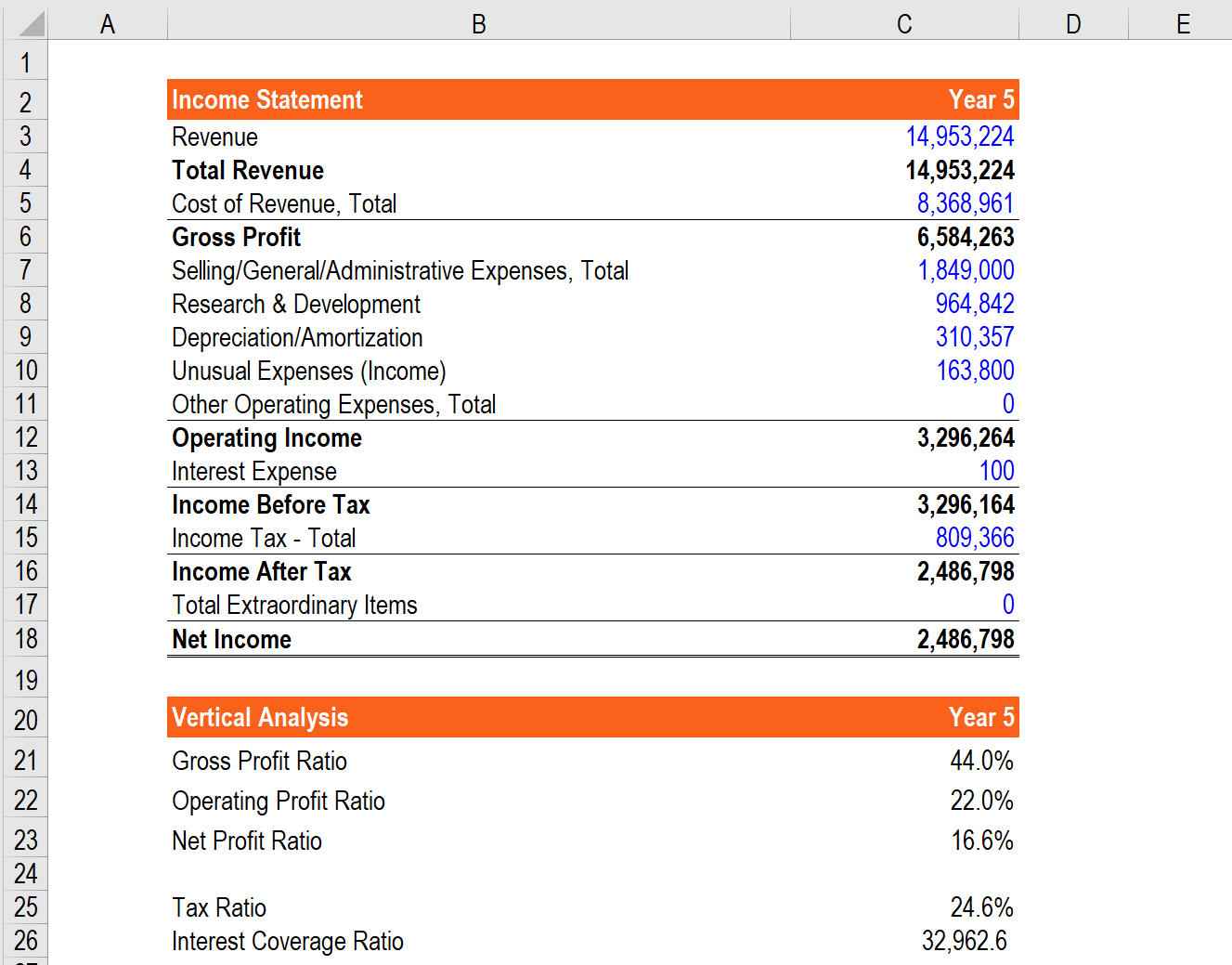
Horizontal analysis is a technique for evaluating a series of financial statement data over a period of time A.
Horizontal analysis evaluates financial statement data. Correct answer to the question Horizontal analysis evaluates a series of financial statement data over a period of time Group of answer choices that has been arranged from the highest number to the lowest number. Horizontal analysis of financial statements is a technique used to evaluate trends and growth pattern of financial performance over time by comparing historical data such as line items and financial ratios over a number of accounting period. Assume the following sales data for a company.
Over A Period Of Time. If a company has sales of 110 in 2010 and 154 in 2011 the percentage increase insales from 2010 to 2011 is 140. Horizontal analysis is a technique for evaluating a financial statement item in the currentyear with other items in the current year.
Horizontal analysis is a technique for evaluating a series of financial statement data over a period of time a. Horizontal Analysis Evaluates Financial Statement Data A. Vertical and horizontal analysis.
The gross profit increased from 3723 in 2018 to 3755 in 2019 which is an upward trend. Horizontal analysis evaluates a series of financial statement data over a period of time. Horizontal analysis Evaluates a series of financial data over time Vertical analysis 14 Evaluates financial items in relation to a base amount Ratio analysis Evaluates a comprehensive range of financial relationships representing different aspects of an entitys activities Horizontal analysis Used to evaluate a.
Assume The Following Sales Data For A Company. Within A Period Of Time. Horizontal analysis also known as trend analysis is a financial statement analysis technique that shows changes in the amounts of corresponding financial statement items over a period of timeIt is a useful tool to evaluate the trend situations.
Over a period of time. On a certain date D. The approach used here is fairly simple.
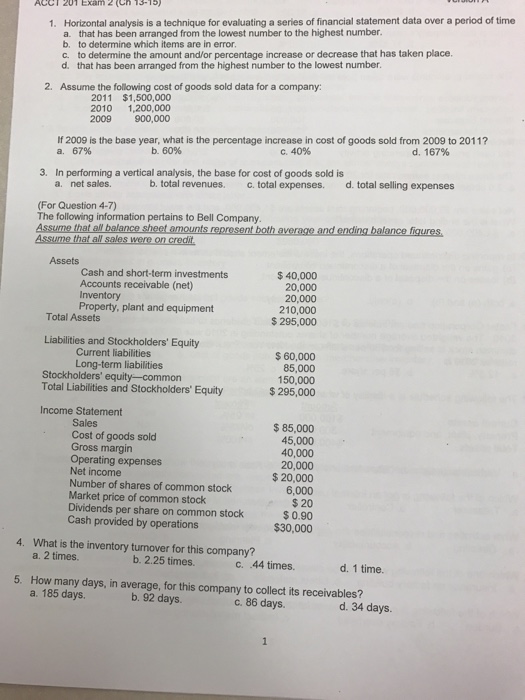
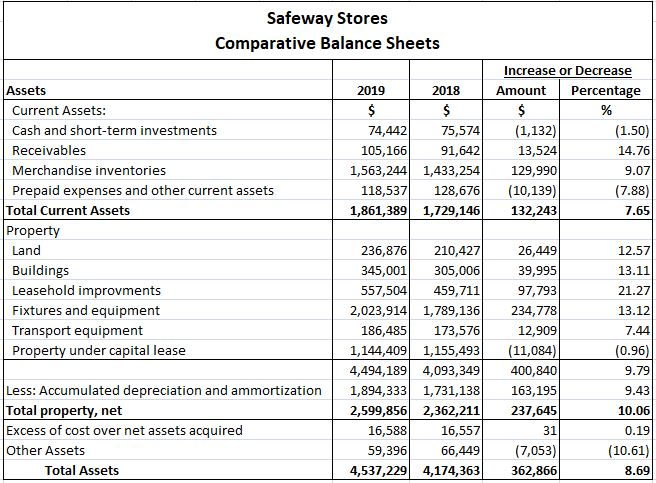
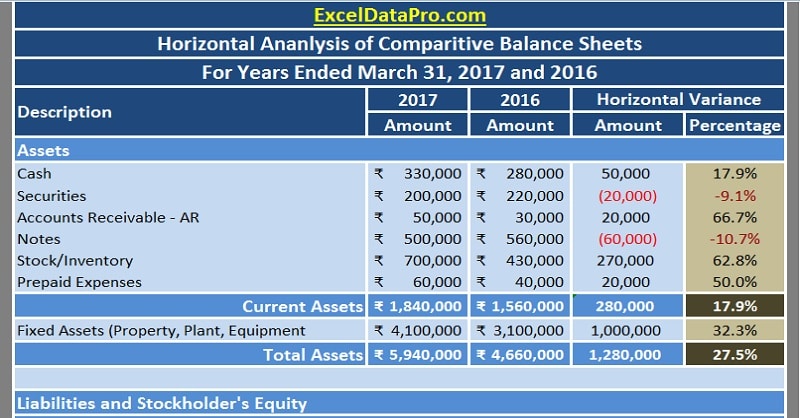
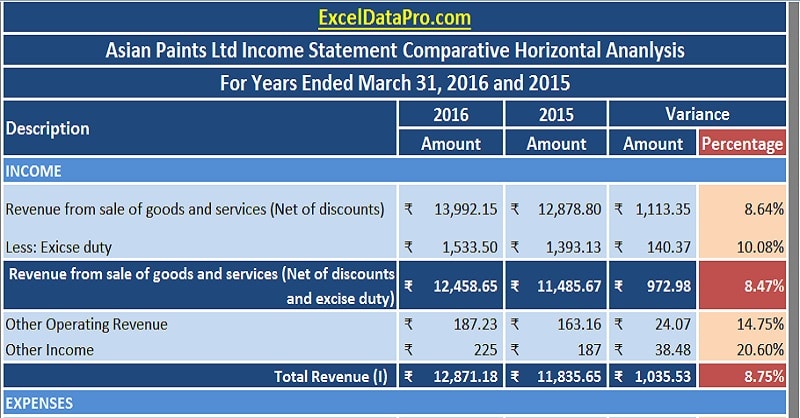
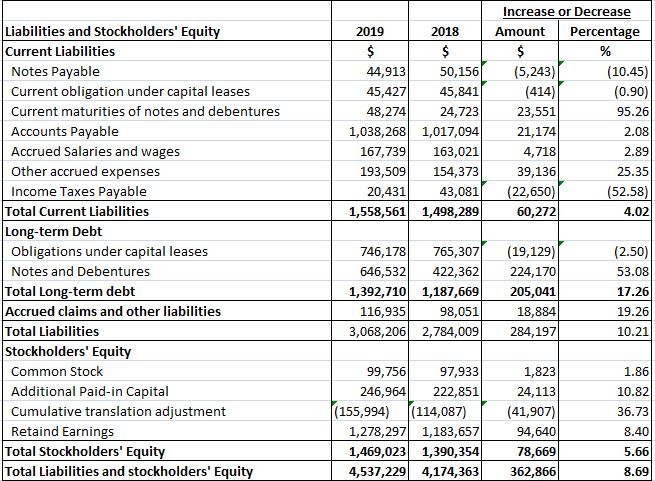
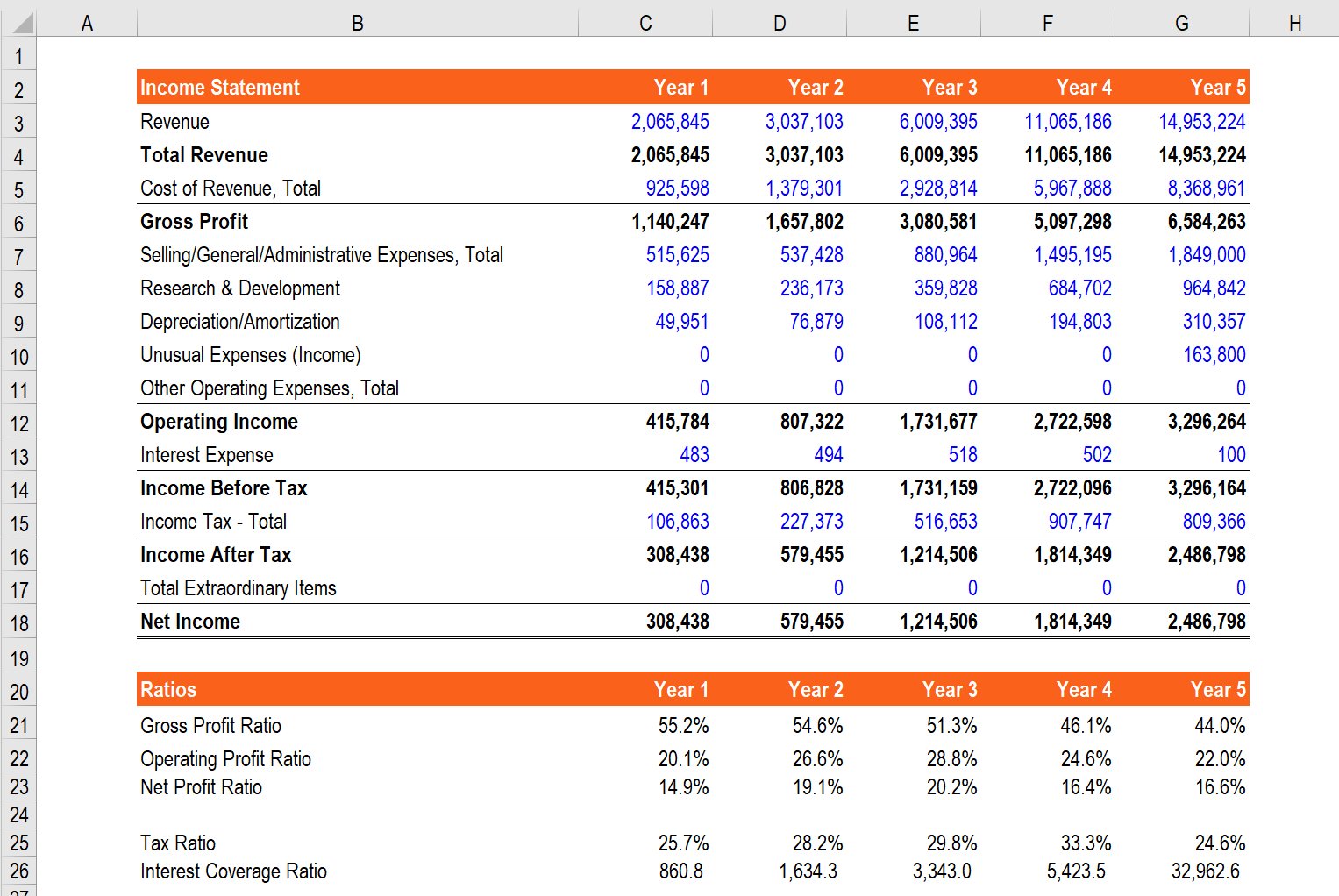
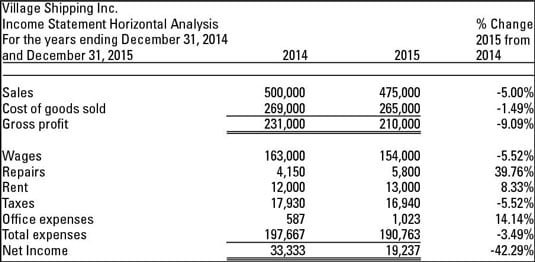


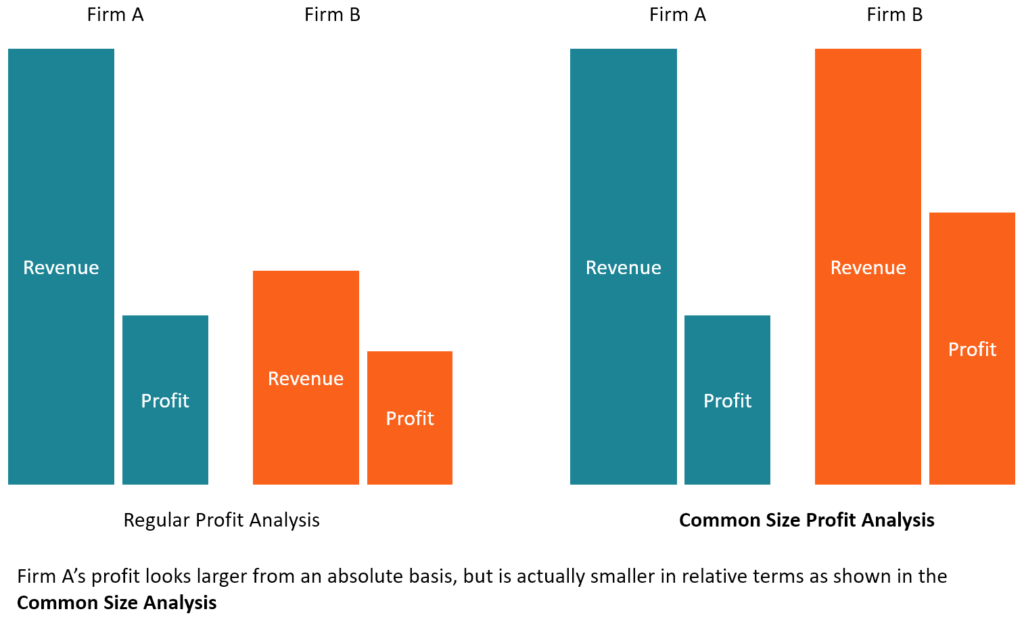

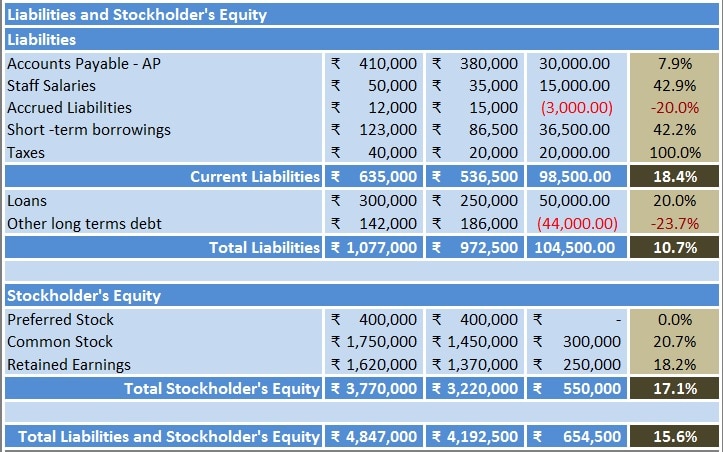
/dotdash_Final_Common_Size_Income_Statement_Oct_2020-01-f6706faee5644055954e9e5675485a5e.jpg)
